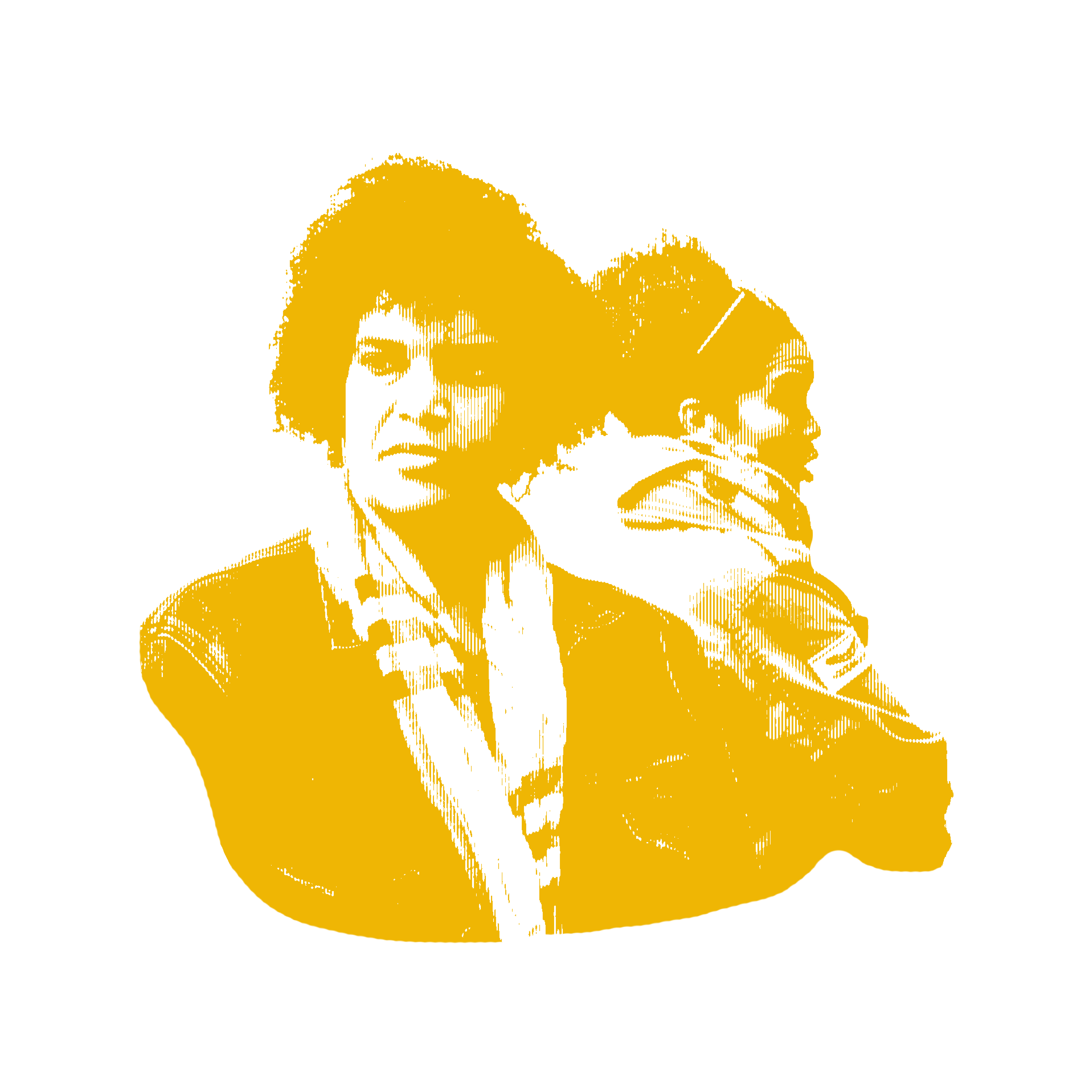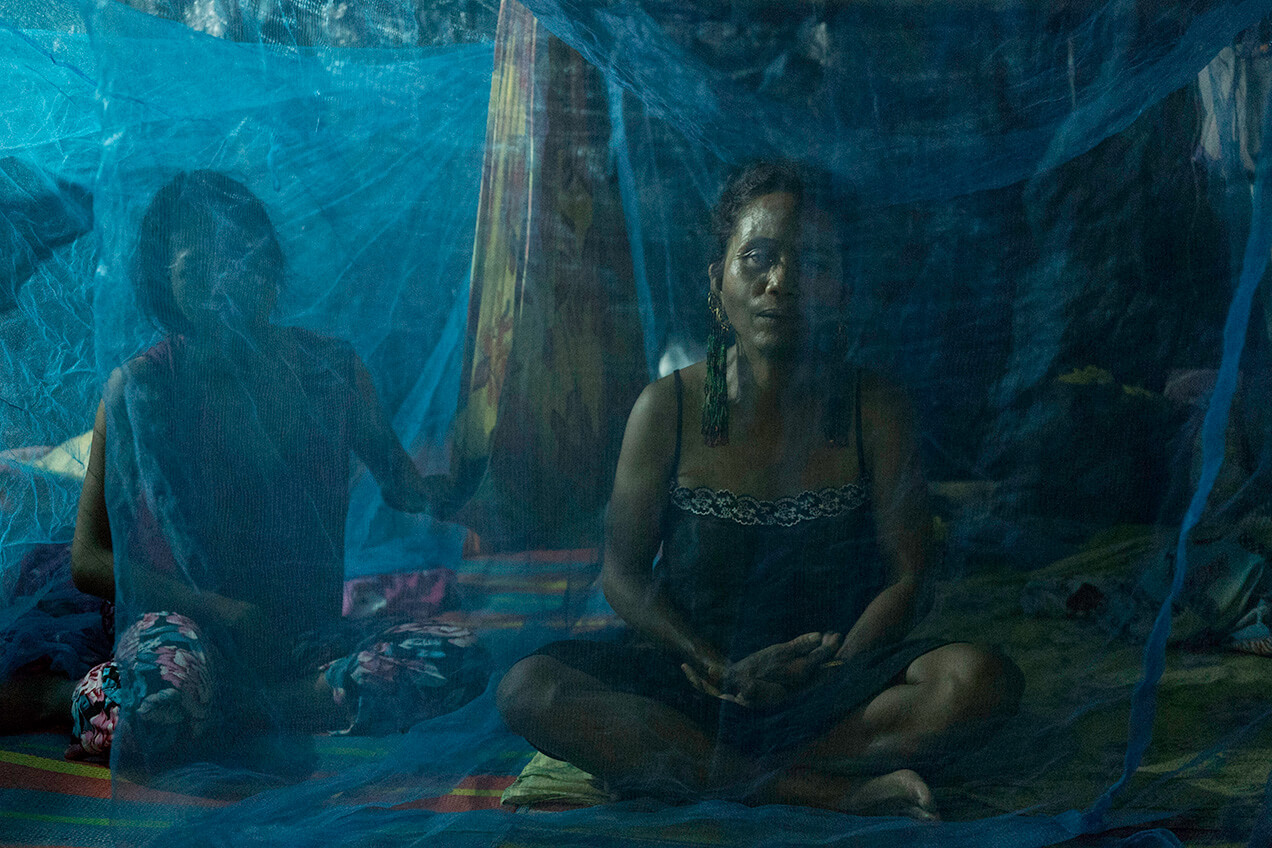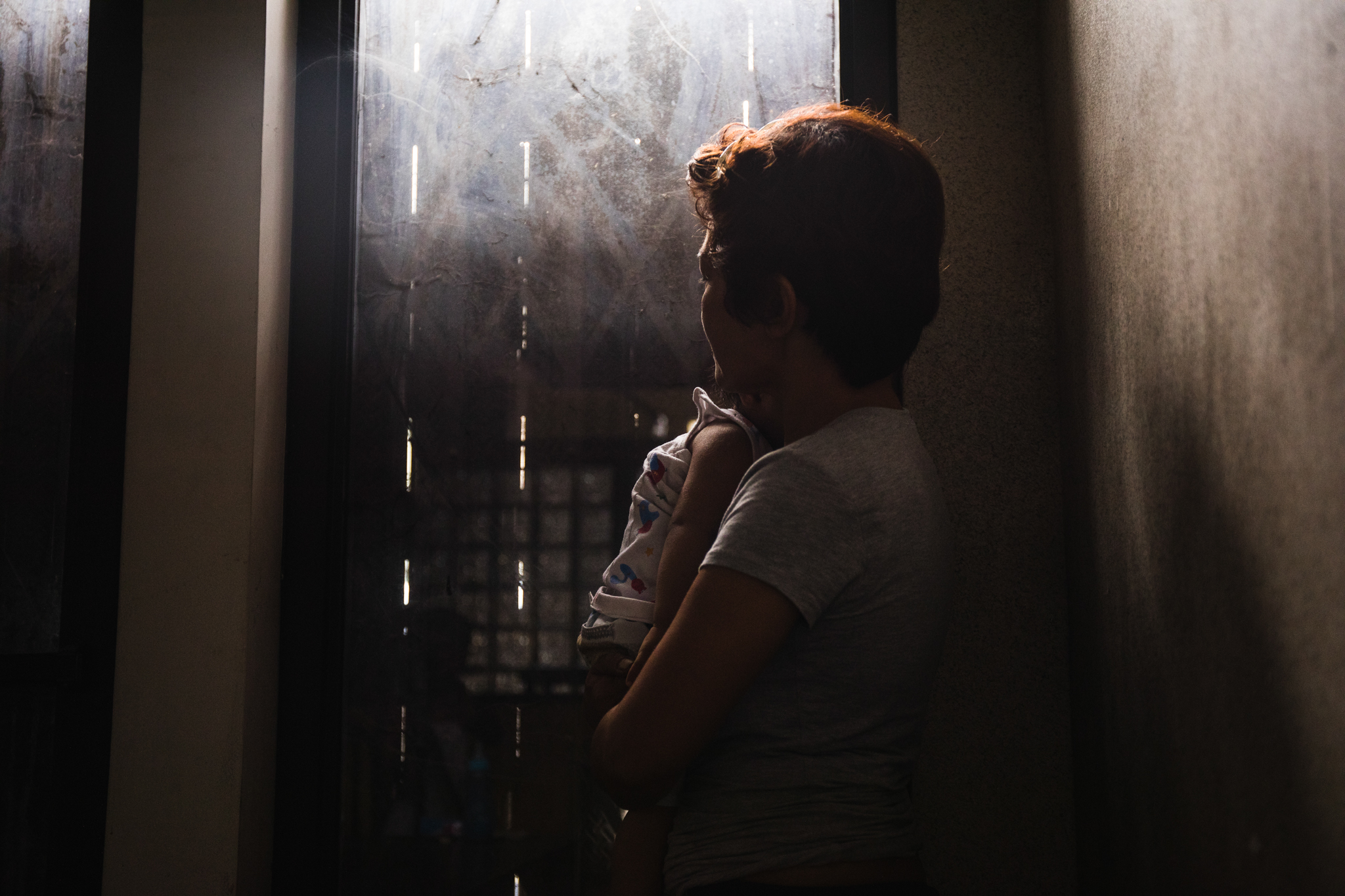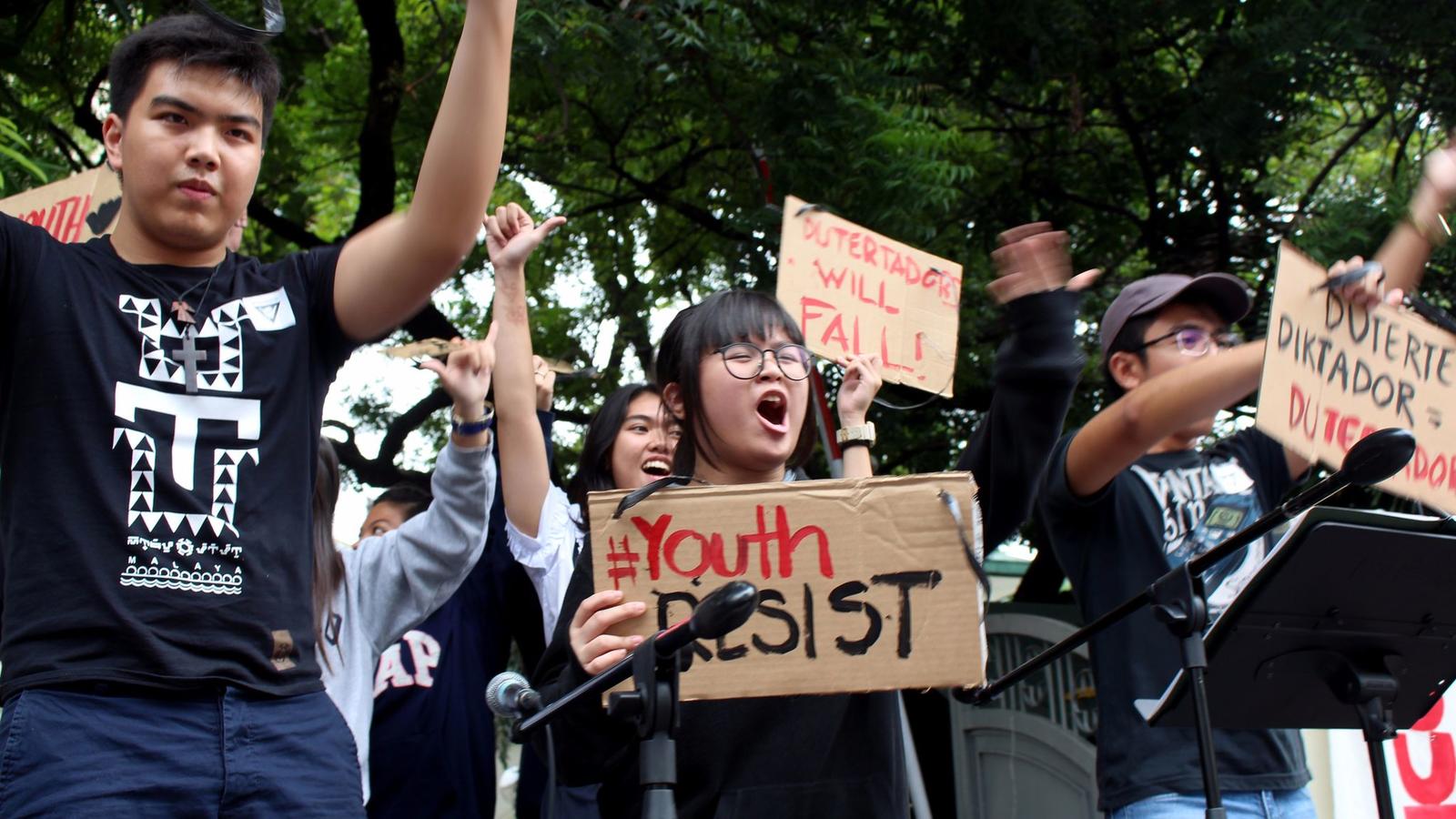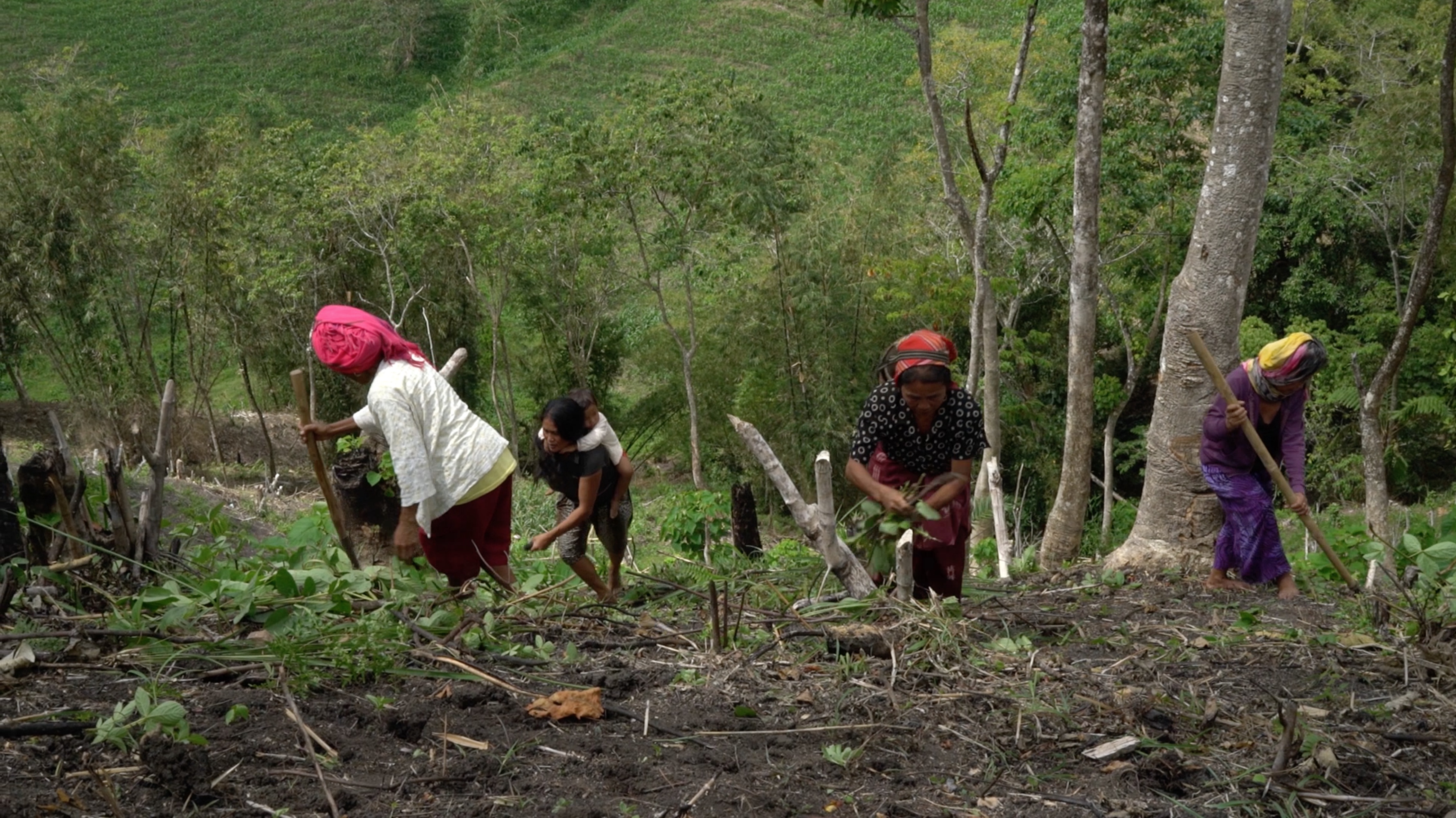
A half-century ago the Lumad people were the largest ethnic group on Mindanao, the largest island in the Philippines. Today they represent less than four percent of the population due to a half-century assault on the peaceful communalists by loggers, miners, migrants and wealthy Philippinos who expropriated their tribal lands. Despite the assault, they have never taken up arms.
It has been a quiet genocide.
Today the last holdouts are facing imminent death by a paramilitary group, the Magahat-Bagani, who are selectively murdering the Lumad, trying to create a panic to force them off their land. Unfortunately, they do not have anywhere to go. The Philippine military has refused to step in, claiming the Lumad deaths are the result inter-tribal fights among the peaceful people. Human rights organizations say otherwise. And newspaper reports say the military and the terror group are working together.
In April 2018, Chang spent time with many who had fled their lands and were living in sanctuary sites around Koronadal City in an effort to document the destruction of their way of life and the hardships of displacement. Chang focused mainly on the situation of the women, who now live in crowded, sweltering tents during the day and find some relief in sleeping on cool concrete floors at night.

